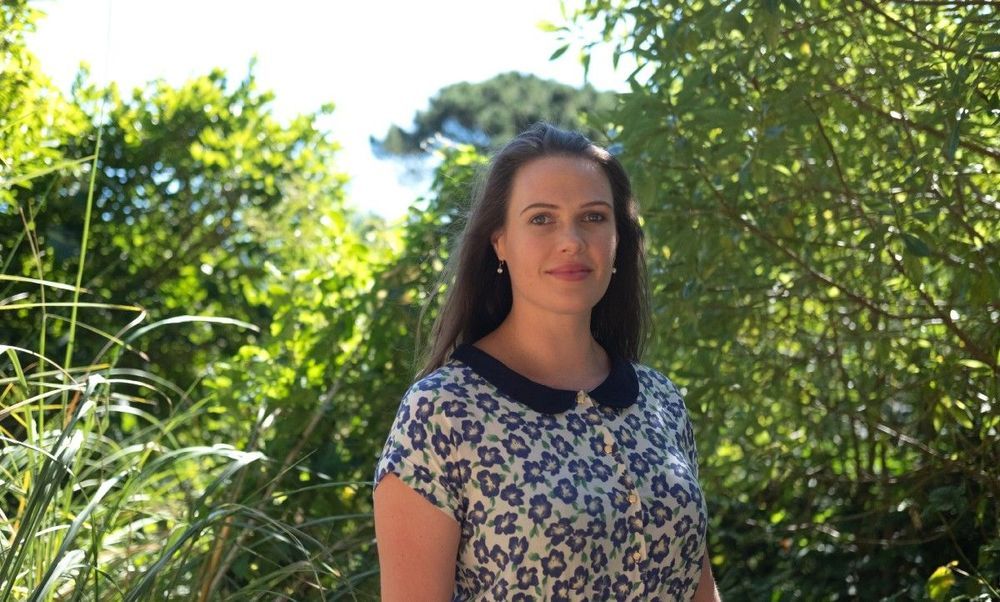From precision GPS to batteries for one of the world’s first commercial all-electric airplanes, NASA technology turns up in nearly every corner of modern life. The latest edition of NASA’s Spinoff publication features dozens of commercial technologies that were developed or improved by the agency’s space program and benefit people everywhere.
“NASA works hard, not only to develop technology that pushes the boundaries of aeronautics and space exploration, but also to put those innovations into the hands of businesses and entrepreneurs who can turn them into solutions for challenges we all face here on Earth,” said Jim Reuter, acting associate administrator of the agency’s Space Technology Mission Directorate. “These are sometimes predictable, like the many NASA technologies now adopted by the burgeoning commercial space industry, but more often they appear in places that may seem unrelated, like hospitals, farms, factories and family rooms.”
In this issue of Spinoff, the agency shares new stories of how:




